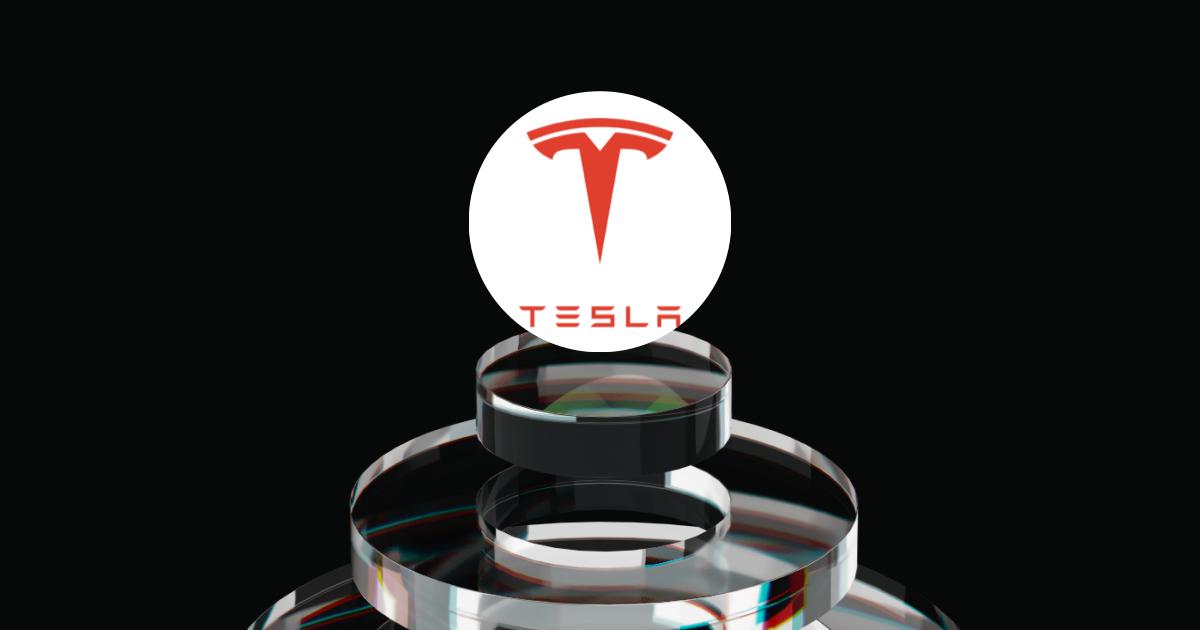Stellar (XLM) Price Prediction for 2025, 2026–2030
Stellar (XLM) is one of the most enduring blockchain projects in the cryptocurrency landscape, created in 2014 by Jed McCaleb to enable fast, low-cost international payments. The Stellar network connects banks, payment providers, and individuals, allowing users to move money across borders in seconds for just a fraction of a cent in fees. Its focus on real-world utility—especially in remittances and microtransactions—has earned it a solid reputation as a practical and scalable blockchain solution rather than a purely speculative asset.
Over time, Stellar has evolved from a simple payment protocol into a more versatile financial platform. With the launch of Soroban smart contracts, greater integration of USDC stablecoin rails, and partnerships with institutions like MoneyGram and Franklin Templeton, the network is expanding into decentralized finance (DeFi) and tokenized real-world assets. As the ecosystem matures, many investors are looking ahead to how these developments could impact XLM’s price trajectory between 2025 and 2030—and what factors might drive its next big move in the crypto market.
2025 Price Prediction
In 2025, Stellar is likely to benefit from the rollout of Soroban smart contracts and growing USDC adoption, but its price will still depend on overall crypto market conditions and real-world usage growth.
-
Bearish Scenario: If market sentiment remains weak after Bitcoin’s halving and adoption slows, XLM could trade between $0.30 – $0.36. This assumes limited network expansion and cautious investor behavior.
-
Neutral Scenario: With steady use of Stellar’s payment network and stablecoin rails, XLM may hover around $0.37 – $0.40. The network maintains relevance but experiences moderate, sustainable growth.
-
Bullish Scenario: In a strong market driven by higher on-chain activity and new partnerships, XLM could reach $0.41 – $0.45. Strong DeFi participation and increased remittance volume would support this outcome.
2026 Price Prediction
By 2026, Stellar’s performance will likely hinge on how well its Soroban ecosystem grows and how much adoption it gains among financial institutions. As more businesses explore blockchain-based settlements, XLM’s role in cross-border payments could expand—but broader market trends will still be the key driver.
-
Bearish Scenario: If global crypto sentiment cools or adoption slows, XLM could trade between $0.30 – $0.35. Limited developer activity or competition from faster networks may keep prices flat.
-
Neutral Scenario: With steady network growth and consistent transaction volume, XLM may average $0.36 – $0.40. Stellar remains relevant in remittances and tokenized assets but experiences moderate gains.
-
Bullish Scenario: Strong business integrations and a thriving Soroban DeFi ecosystem could push XLM toward $0.42 – $0.48. Broader crypto recovery and institutional adoption would further reinforce this upward trend.
2027 Price Prediction
By 2027, Stellar could be entering a more mature growth phase, with its smart contract capabilities and payment infrastructure fully established. The network’s value will depend on user adoption, liquidity, and competition within the payments and DeFi sectors.
-
Bearish Scenario: If market enthusiasm fades or other payment-focused blockchains capture attention, XLM may stay around $0.55 – $0.65. Limited ecosystem expansion would restrict long-term upside.
-
Neutral Scenario: With steady on-chain activity and wider use of Soroban apps, XLM could average $0.70 – $0.80. This assumes balanced growth in remittances, tokenized assets, and stablecoin volume.
-
Bullish Scenario: A strong global crypto cycle, combined with large-scale institutional adoption, could lift XLM to $0.90 – $1.10. At this point, Stellar would likely be recognized as one of the leading networks for real-world financial applications.
2028 Price Prediction
By 2028, Stellar may see broader adoption as global finance increasingly embraces blockchain solutions. Its low-cost, fast transactions and integration with stablecoins like USDC could make it a core player in tokenized finance and cross-border settlements.
-
Bearish Scenario: If crypto markets remain subdued or adoption plateaus, XLM could trade between $1.00 – $1.15. Growth would mainly come from steady network usage rather than speculation.
-
Neutral Scenario: With expanding use of Soroban smart contracts and partnerships in remittance or fintech sectors, XLM may average $1.20 – $1.35. Continued institutional engagement would sustain gradual appreciation.
-
Bullish Scenario: In a strong bull market driven by massive DeFi participation and RWA tokenization, XLM could rise to $1.50 – $1.70. This assumes Stellar cements its position as a leading payment and asset-transfer network worldwide.
2029 Price Prediction
By 2029, Stellar could be a fully mature blockchain ecosystem with strong real-world adoption in payments, tokenized funds, and cross-border transactions. Its performance will largely depend on global crypto regulation and continued integration by financial institutions.
-
Bearish Scenario: If competition intensifies or global regulations tighten, XLM may trade around $1.40 – $1.60. The network would remain active, but investor sentiment could limit major price gains.
-
Neutral Scenario: With sustainable growth and a solid presence in both DeFi and traditional finance, XLM could reach $1.60 – $1.85. This assumes balanced market conditions and steady user expansion.
-
Bullish Scenario: In a strong macro and crypto environment, XLM could surge to $2.00 – $2.30, supported by mainstream adoption of Stellar-based payment systems and tokenized assets.
2030 Price Prediction
By 2030, Stellar could be a well-established global blockchain network, deeply integrated into payment systems, DeFi, and tokenized real-world assets. Its long-term value will depend on sustained adoption, regulation, and competition within the digital finance landscape.
-
Bearish Scenario: If global crypto regulation tightens or growth slows, XLM may trade around $2.00 – $2.30. The network would remain widely used but show limited upside due to market maturity and reduced speculation.
-
Neutral Scenario: With consistent adoption by fintechs, banks, and developers, XLM could reach $2.40 – $2.70. Stellar would be viewed as a stable, utility-driven blockchain with moderate long-term appreciation.
-
Bullish Scenario: In a highly favorable market with massive mainstream adoption, XLM might rise to $3.00 – $3.30. This assumes Stellar becomes a key infrastructure layer for cross-border payments and tokenized assets on a global scale.
Key Factors Influencing Stellar’s Future Price
The long-term success of Stellar (XLM) will depend on how effectively it balances innovation, adoption, and competition in a rapidly evolving financial landscape. Below are the main factors that could shape its price trajectory through 2030 and beyond.
-
Network Upgrades and Technology: The rollout of Soroban smart contracts has expanded Stellar’s capabilities beyond payments, allowing developers to build DeFi and Web3 applications. Future protocol upgrades that improve speed, scalability, and interoperability will directly impact network utility — and by extension, XLM demand.
-
Adoption and Partnerships: Stellar’s collaborations with companies like MoneyGram and Franklin Templeton showcase its growing role in real-world finance. Broader adoption by banks, fintechs, and remittance providers will increase transaction volume and create sustained demand for XLM as a bridge asset.
-
Stablecoin and Tokenization Growth: As stablecoins like USDC on Stellar gain traction, transaction volume could rise significantly. The tokenization of real-world assets (RWAs) — such as funds, bonds, or commodities — would also boost on-chain activity and fee revenue, supporting long-term value growth.
-
Regulatory Environment: Global crypto regulations will remain a decisive factor. Clear and favorable policies toward blockchain-based payments could accelerate adoption, while restrictive rules or uncertainty may limit institutional participation.
-
Market Sentiment and Macro Trends: Broader crypto market cycles, inflation trends, and global economic conditions influence capital flows into digital assets. Historically, XLM’s performance has mirrored overall market optimism — performing best during bull cycles following Bitcoin halvings.
-
Competition: Stellar operates in a highly competitive space alongside Ripple (XRP), Cardano (ADA), and other payment-focused blockchains. How effectively Stellar differentiates itself through lower fees, faster transactions, and better developer tools will determine its ability to capture long-term market share.
Conclusion
Stellar (XLM) continues to prove itself as one of the most practical and mission-driven blockchain projects, focusing on real-world use cases like remittances, stablecoins, and financial inclusion. With the addition of Soroban smart contracts, expanding partnerships, and integration of USDC, the network is gradually evolving from a simple payment protocol into a full financial ecosystem.
While short-term price movements will depend on broader market conditions, Stellar’s long-term outlook remains promising. Under conservative assumptions, XLM could trade near $2.00 by 2030, while optimistic scenarios point toward levels above $3.00 if adoption accelerates. As always, investors should approach these predictions with caution — the crypto market remains volatile, and success will ultimately hinge on real-world adoption, network utility, and regulatory clarity.
Disclaimer: The opinions expressed in this article are for informational purposes only. This article does not constitute an endorsement of any of the products and services discussed or investment, financial, or trading advice. Qualified professionals should be consulted prior to making financial decisions.



